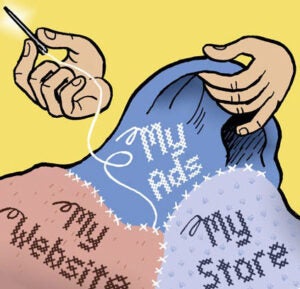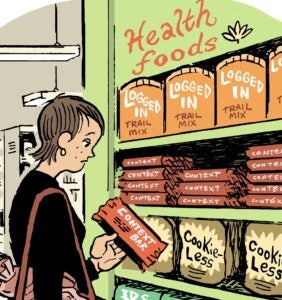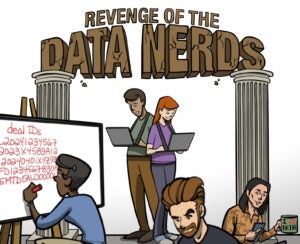 With mobile marketing automation sizzling and VC cash flowing, Apsalar is looking to capitalize.
With mobile marketing automation sizzling and VC cash flowing, Apsalar is looking to capitalize.
On Wednesday, the mobile attribution platform added an audience distribution layer to its stack, effectively enabling its clients to combine the data with the doing.
“We’re finding that CMOs want to have everything in one place, not a bunch of point solutions,” said Apsalar CEO Michael Oiknine.
That’s the case at sports trading card company Topps. It already used Apsalar for its mobile attribution and now will also use the platform for segmentation, making audiences available for activation and for analytics.
“Most of the time, you’ve got an attribution partner on one side and then you’ve also got to put that data into an analytics platform,” said Deniz Gezgin, director of user acquisition and digital and mobile marketing at Topps. “We’re doing quite a bit of remarketing, and the cloud lets us analyze all of our activity and install data in one location. It’s also cost-effective to combine execution and data.”
The Apsalar cloud is comprised of four components: mobile attribution (the company’s historical bread and butter), analytics, audience segmentation and audience distribution.
But why does the world need another marketing cloud? The traditional cloud space is crowded by all the usual behemoth suspects – Oracle, Salesforce and Adobe – and several well-funded mobile-centric upstarts, including Appboy, Swrve, Kahuna and Leanplum.
For Gezgin, Apsalar’s DNA as an attribution platform is appealing because it minimizes the need for Topps to share with multiple partners its valuable first-party data, including post-install analytics and revenue data. Apsalar already houses all of that data by default.
“If we have a choice, we’d rather share as little data as possible,” Gezgin said. “Our external partners don’t need to have all of our data just because they’re the provider of a platform we use.”
Topps doesn’t work with any of the legacy clouds. Although the brand’s amassed a lot of data – Gezgin estimates that Topps has acquired around 6 million people in the US so far, which is somewhere between 60% to 70% of the total mobile trading card collector population – it’s not enough to justify the expense of working with Oracle, Salesforce or Adobe.
“Our data warehouse and our internal capabilities are not to a point where we can work with the really big partners yet,” Gezgin said.
AdExchanger Daily
Get our editors’ roundup delivered to your inbox every weekday.
Daily Roundup
Oiknine is unabashed in his ambition to get snapped up by one of the bigger marketing clouds, which he predicts will start getting acquisitive in the mobile space within the next 18 to 24 months. It’s the classic narrative of fragmentation followed by consolidation.
“I would love one of them to acquire us,” he said. “Are you kidding me?”
Although the clouds have been acquisitive recently, they’re still lagging on the mobile front. The DMP Krux, acquired by Salesforce, is a good example.
“They have an SDK, but they’re primarily still a web platform at heart, and one day they will have to really do mobile,” Oiknine said. “And at that point, there will no longer be separate mobile marketing clouds.”
So far, 20 clients use Apsalar‘s cloud functionality; 60% are mobile-first companies and the remainder are more traditional brands.
There’s a healthy market for its cloud platform among brands with big mobile presences, Oiknine said.
“They find it very credible if you work with mobile pure-play companies and they will choose to work with you for that reason, because you have a mobile story to tell,” he said. “Quite frankly, that’s how you start to disrupt the Adobes of the world. You start slow, you work with big clients, you don’t charge as much and then they look over at you and say, ‘Who are these guys and why do customers work with them?’”














